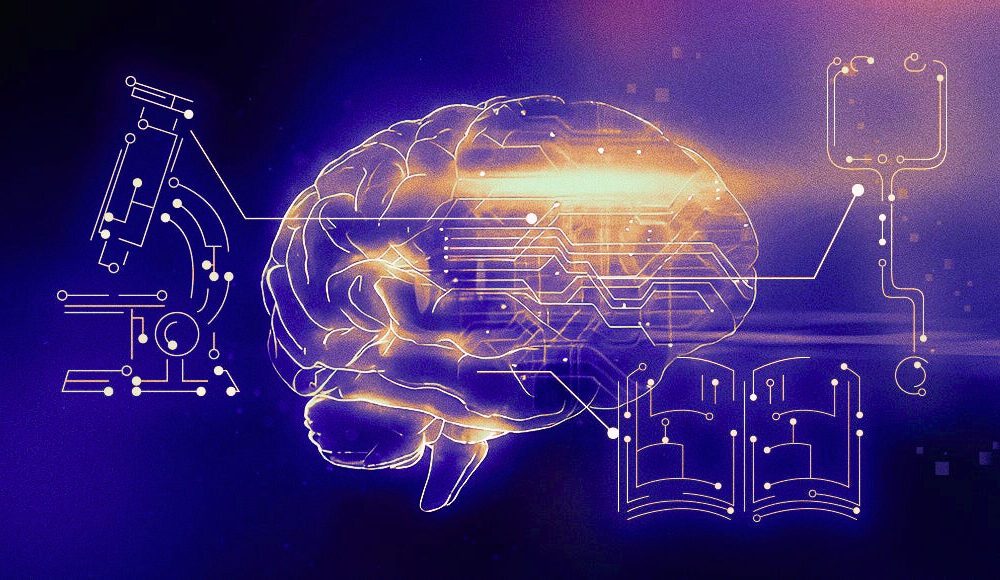Ligarmos, short for “Lightweight Global Positioning System (GPS) and Remote Sensing Module,” is a cutting-edge technology that combines GPS technology with remote sensing capabilities to revolutionize various industries. Its ability to provide precise and real-time data has made it a game-changer in fields such as agriculture, healthcare, and transportation.
2. The History of Ligarmos
Ligarmos traces its roots back to the early 2000s when researchers began exploring the integration of GPS and remote sensing technologies. Over the years, advancements in sensor technology and data processing algorithms have led to the development of Ligarmos as we know it today.
3. Understanding Ligarmos Components
What is Ligarmos made of?
It comprises several key components, including GPS receivers, inertial measurement units (IMUs), cameras, and other sensors. These components work together seamlessly to collect and process data with remarkable accuracy.
How does Ligarmos work?
Ligarmos works by utilizing GPS signals to determine its precise location and combining this information with data gathered from onboard sensors such as cameras and IMUs. This comprehensive dataset allows it to generate detailed maps and gather valuable insights in real-time.
4. Applications of Ligarmos
In Agriculture
n agriculture, Ligarmos is utilized for precision farming. It enables farmers to optimize crop yields and minimize resource usage. Additionally, it facilitates making data-driven decisions. It provides detailed information about soil moisture levels, crop health, and pest infestations. This helps farmers enhance productivity while reducing environmental impact.”
In Healthcare
In healthcare, it plays a vital role in telemedicine and remote patient monitoring. Its ability to track patient movements and vital signs in real-time enables healthcare providers to deliver timely interventions and improve patient outcomes, especially in remote or underserved areas.
In Transportation
In transportation, it is used for autonomous vehicles and intelligent transportation systems. By accurately mapping road networks and monitoring traffic patterns, it enhances safety, reduces congestion, and lays the foundation for the widespread adoption of autonomous vehicles.
5. Advantages
Precision and Accuracy
One of the primary advantages of Ligarmos is its unparalleled precision and accuracy, allowing for precise positioning and detailed data collection even in challenging environments.
Efficiency and Productivity
- “By automating data collection and analysis processes, Ligarmos improves efficiency and productivity.”
- “It does so across various industries.”
- “This enables organizations to streamline operations.”
- “It also helps them maximize output.”
Cost-effectiveness
6. Challenges and Limitations
Technical Challenges
While Ligarmos offers tremendous potential, it also faces technical challenges such as signal interference, limited battery life, and data processing constraints that require ongoing innovation and development.
Regulatory Challenges
- “The widespread adoption of Ligarmos faces regulatory hurdles.”
- “These hurdles involve privacy concerns, data ownership, and airspace regulations.”
- “They require careful navigation and collaboration among stakeholders.”
Ethical Considerations
As Ligarmos becomes increasingly integrated into everyday life, ethical considerations regarding data privacy, surveillance, and algorithmic bias must be addressed to ensure responsible and equitable deployment.
7. Future Prospects
“Despite the challenges ahead, the future looks promising for Ligarmos. “Furthermore, with the continued advancements in sensor technology, data analytics, and regulatory frameworks, we expect to see further innovation and adoption. Consequently, this will unlock new possibilities across industries.”
8. Conclusion
“In conclusion, it represents a significant leap forward in geospatial technology. It offers unprecedented precision, efficiency, and versatility. While challenges remain, the transformative potential of Ligarmos in fields such as agriculture, healthcare, and transportation is undeniable. This paves the way for a smarter, more connected future.”
